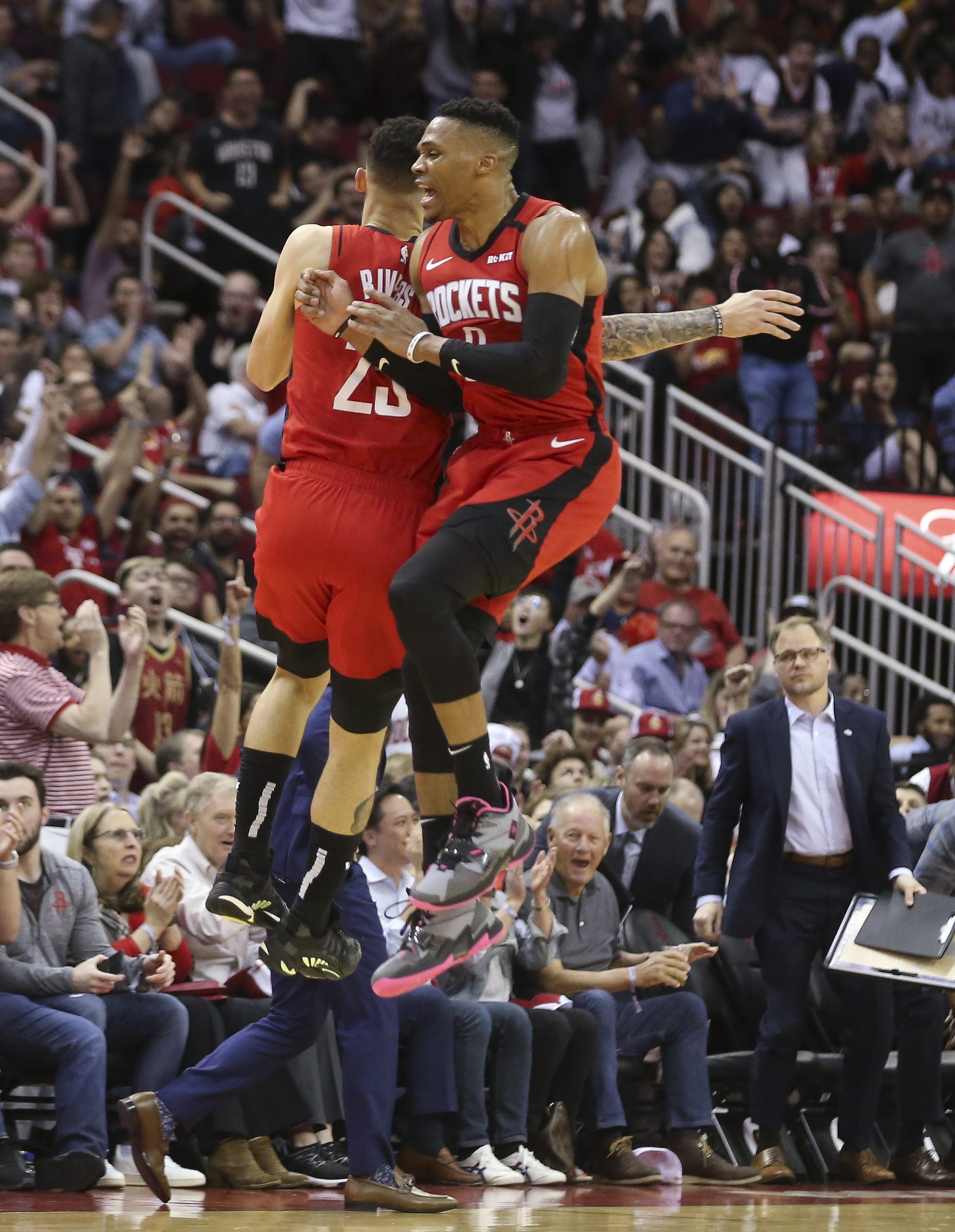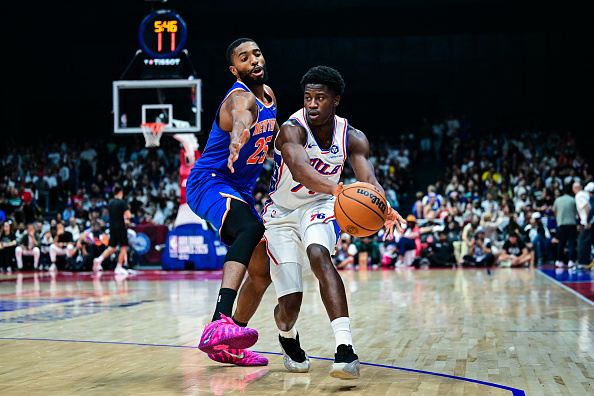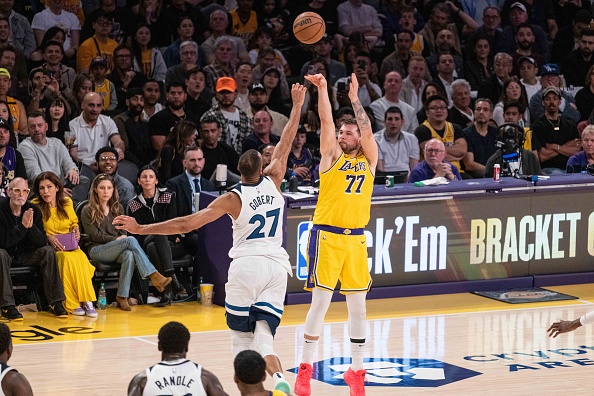The Houston Rockets have been receiving a lot of fanfare for their use of the small-ball lineup this season, and for good reason. Houston has no one in their starting lineup taller than 6-foot-7-inches, and have just two players 6-foot-8-inches or taller getting over 10 minutes per game.
While this may be unconventional, it has certainly been successful. The Rockets are 6-4 in their last 10 games and have been using a combination of speed, agility, and double teams to play sufficient defense. On offense, however, they have been using a combination of James Harden and Russell Westbrook alongside other playmakers to score an average of 113.6 points per game, good enough for second in the league.
However, none of this matters if the Rockets don’t find success in the playoffs. Though they’re currently the fourth seed in the West with a record of 39-22, they still have championship aspirations. By looking at previous iterations of the small-ball lineup in the NBA, one can predict how successful the Rockets will be.
1997-98 Phoenix Suns
The ’97-’98 Phoenix Suns, led by Coach Danny Ainge, finished with a 56-26 record. They did so with a starting lineup that, for the majority of the season, consisted of Rex Chapman (6-foot-4-inches), Jason Kidd (6-foot-4-inches), George McCloud (6-foot-6-inches), Antonio McDyess (6-foot-9-inches), and Clifford Robinson (6-foot-11-inches).
While this team may have finished with a favorable record, they had two players in McDyess and Robinson who stood taller than everyone in Houston’s current starting lineup. The Suns also benefited from a very favorable schedule, as their -0.75 strength of schedule ranked 26th-hardest in the league. Meanwhile, the Rockets have the 8th-hardest schedule in the league at 4.50 SOS.
However, the Rockets have an advantage that the Suns did not–their offense. While the Suns had two players in Chapman and McDyess average over 15 points per game that season, the Rockets still clearly have the offensive advantage. They have a player averaging 34.5 points per game in James Harden, and they also have Russell Westbrook, who averages 27.5 points per game. The Suns and the Rockets are still fundamentally different teams, but this ’98 Suns team provides a good example for a small-ball team.
1988-1989 Golden State Warriors
While the Golden State Warriors certainly had some advantages playing small-ball, they are a great example of the drawbacks that playing small-ball can cause.
The Warriors had 7-foot-4-inch center Ralph Sampson roaming the court, but he only played in 61 out of a possible 82 games that season. When he was out, Coach Don Nelson would switch it up by inserting a third guard, commonly reducing the lineup’s size so that no player was taller than 6-foot-8-inches. This lineup commonly consists of Winston Garland (6-foot-2-inches), Rod Higgins (6-foot-7-inches), Chris Mullin (6-foot-6-inches), Mitch Richmond (6-foot-5-inches), and Larry Smith (6-foot-8-inches).
While this lineup may have been fast, it had its drawbacks. The Warriors’ overall record was 43-39, which was only good for seventh in the West. Additionally, they had a somewhat poor defense, finishing worst in the league in opponents’ points per game (116.9).
While this lineup is similar to the Rockets in stature, the NBA has changed a lot over the past 30 years.
1996-97 Houston Rockets
Although this team played over 20 years ago, it still shares many similarities with today’s Rockets. For one, the 1996-97 Rockets finished with a record of 57-25, which was good for third in the West. Additionally, this Rockets team had a winning percentage of .695, which is similar to the current Rockets winning percentage of .629.
This Houston team, coached by Rudy Tomjanovich, usually had a starting lineup of Charles Barkley (6-foot-6-inches), Clyde Drexler (6-foot-7-inches), Mario Elie (6-foot-5-inches), Matt Maloney (6-foot-3-inches), and Hakeem Olajuwon (7-feet). Although some say this isn’t a “true” small-ball team due to Olajuwon’s size, the average height of this roster (6-foot-5.5-inches) is only one inch shorter than the current Rockets.
While this team did fall to the Utah Jazz in the Western Conference semifinals, their success and makeup proves that the Rockets can be successful with the small-ball lineup.
Although the small-ball lineup has worked before, this lineup is different than most. While the 2020 Rockets has an average height of 6-foot-4.5-inches, including a 6-foot-5-inch center, they also have two 25 PPG scorers in Russell Westbrook and James Harden.
Small-ball teams have been successful in the past, with multiple 50-win seasons, but none of these teams had to play LeBron James’ Lakers or Giannis Antetokounmpo’s Bucks. While Houston may be successful with their high offensive output and double-teaming defense, this strategy will not be viable come playoff time. Other teams will be planning for Houston’s unconventional gameplan, and while the Rockets should win a series or two with their potent offense this team is just too overmatched to contend with the likes of Milwaukee or the Lakers.
This team has fallen in the late stages of the Western Conference playoffs several times in the past few years, and unfortunately it appears as though they will again this year.







